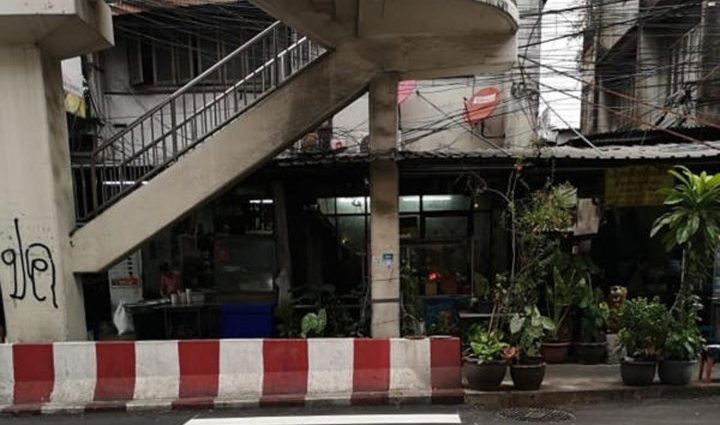Na Ranong project must end this month

Bangkok governor Chadchart Sittipunt has imposed a new deadline on the contractor of the Na Ranong intersection flyover to finish the long-delayed project by the end of this month.
Also, a new footbridge underneath the traffic flyover has not been finished on time. The old one was knocked down, forcing pedestrians to cross the roads, putting themselves in harm’s way.
Sahakarn Wisavakorn Co, the contractor building the 1.34-billion-baht traffic flyover, said the remaining work will likely be completed no later than Aug 15.
Although the flyover was opened on June 1, some unfinished work remains. The company contracted to build the flyover, and the footbridge is being fined 3.3 million baht a day until it finishes construction by Aug 15.
The contractor was given a deadline extension by the cabinet to help offset the impact of the Covid-19 pandemic on the company’s operation, according to Anurak Rattanachotpanit, chief engineer of the flyover construction project.
He admitted that the delay had resulted partially from the pandemic, which caused the firm financial problems and a shortage of workers.
Since the opening of the new flyover on June 1, several construction details were left unfinished, said Mr Chadchart during a recent inspection of the construction site.
Aside from the new footbridge to replace the one demolished to make way for the construction of the overpass years ago, manholes and underground cable-protecting pipes, for instance, have yet to be completed, said Mr Chadchart.
He has instructed the Department of Public Works under the Bangkok Metropolitan Administration (BMA) to help speed up the remaining work and return the road below the flyover to motorists no later than the end of this month, said Mr Chadchart.
The concrete barriers obstructing people from using the zebra crossing under the footbridge will be removed.
“I wonder why the footbridge has yet to go up. The old one was [mostly] demolished years ago,” said Phirapat Namruamwong, 63, who lives close to the intersection.
“This intersection covers a large area, and it’s very dangerous for pedestrians to cross the road without a footbridge,” he added.
Zebra crossings are not safe enough for pedestrians to cross. Many need to use more than one zebra crossing to get from one side of the intersection to the other, he said.
Mr Phirapat added the demolished footbridge was the preferred means of crossing the intersection teeming with traffic.
“At any other intersection, people might prefer crossing the road at a zebra crossing because they can’t be bothered to walk up the footbridge steps.
“But that’s not the case here. So, we’re looking forward to seeing the new footbridge taking shape sooner rather than later,” he said.
Meanwhile, Mr Anurak admitted it was a mistake to place concrete barriers so close to the zebra crossings. He attributed the problem to miscommunication between workers and their supervisors. The mistake was being rectified.

